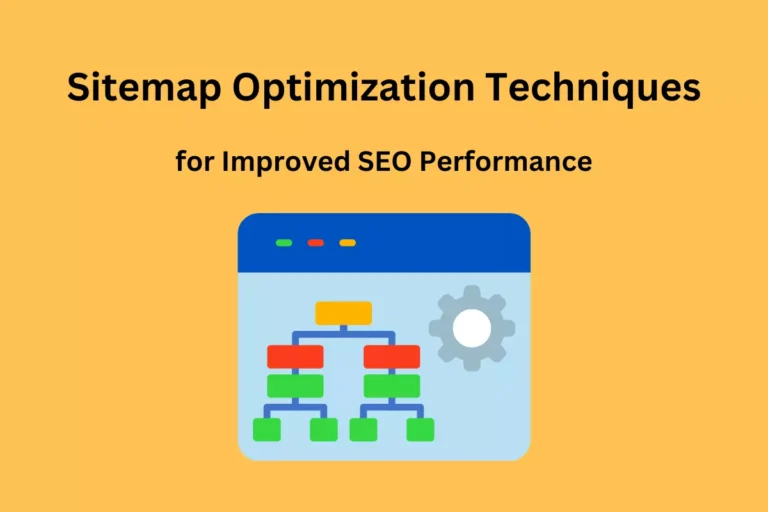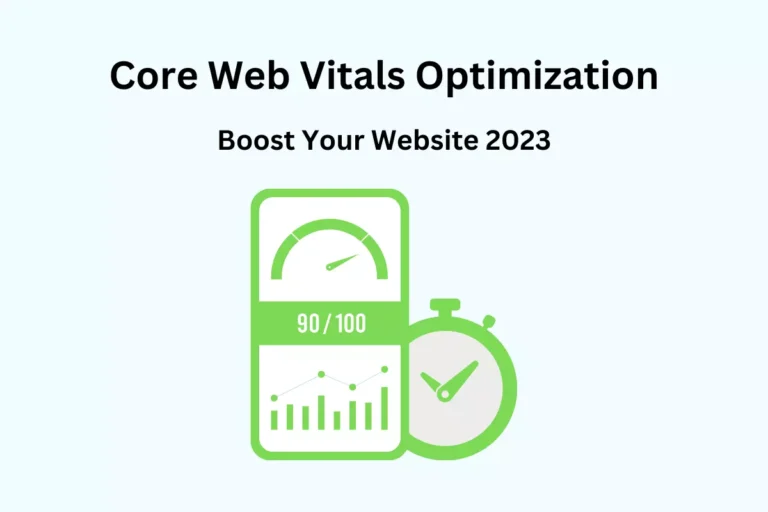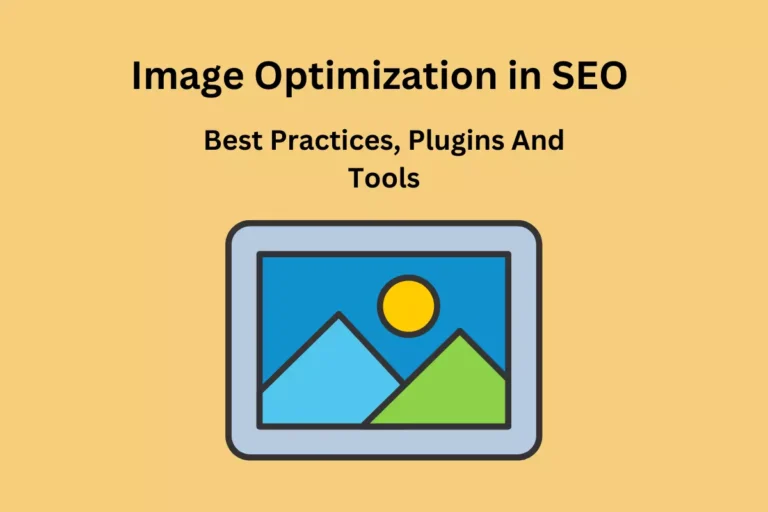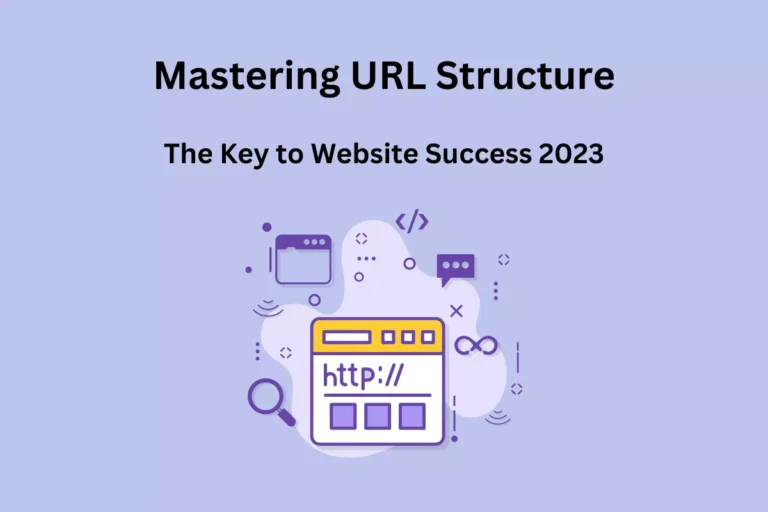Search engine optimization (SEO) is an essential aspect of any digital marketing campaign.
Technical SEO, in particular, refers to the optimization of a website’s technical elements to improve its ranking in search engine results pages (SERPs).
This article will cover the key elements of technical SEO that you need to know to ensure that your website is optimized for search engines.
1. What is Technical SEO?
Technical SEO is one of the most critical aspects of SEO that ensures your website is structured, coded, and designed in a way that makes it easy for search engines to crawl and index your site.
This article will provide a comprehensive guide to technical SEO, covering the essential elements you need to know to optimize your website for search engines.

2. Understanding Technical SEO
Technical SEO involves optimizing a website’s technical aspects to make it easy for search engines to crawl and index the site.
It includes various technical elements such as website architecture, XML sitemaps, robots.txt files, page speed, and mobile optimization, among others.
These elements are crucial because they help search engines understand the structure of your website, the content it contains, and how it should be ranked.
3. Website Architecture
Website architecture refers to the way a website’s pages are organized and structured.
A well-structured website makes it easy for search engines to crawl and index your site.
A website with a poorly organized structure will make it harder for search engines to understand its content, which could negatively affect its rankings.
A well-structured website should have a clear hierarchy of pages, with a homepage linking to the main categories and subcategories.
This helps search engines understand the structure of the website and how the pages relate to each other.
4. XML Sitemap
An XML sitemap is a file that contains a list of all the pages on your website.
It helps search engines understand the structure of your website and how the pages are related.
It also makes it easier for search engines to crawl and index your site, which can help improve your rankings.
5. Robots.txt
A robots.txt file is a file that tells search engines which pages on your website they should crawl and index.
It’s essential to have a well-structured robots.txt file to ensure that search engines crawl and index the right pages on your website.
6. Page Speed and Performance
Page speed and performance refer to how fast your website loads and how well it performs.
A website that loads quickly and performs well will provide a better user experience, which could improve your search engine rankings.
There are several ways to improve your website’s page speed and performance, such as compressing images, minimizing HTTP requests, and using a content delivery network (CDN).
7. Mobile Optimization
Mobile optimization is essential because more and more people are using their mobile devices to search for information online.
A mobile-optimized website is designed to provide a seamless user experience across different devices, such as smartphones and tablets.
A mobile-optimized website could improve your search engine rankings because search engines prioritize mobile-friendly websites.
8. URL Structure
A well-structured URL is essential because it helps search engines understand the content of a page.
A well-structured URL should include the primary keyword for that page and be easy to read and understand.
9. Canonicalization
Canonicalization is the process of selecting the preferred URL when there are multiple URLs that can access the same page.
This is important because search engines may see these multiple URLs as duplicate content, which can negatively impact your website’s rankings.
Canonicalization ensures that search engines understand which URL is the preferred version.
10. HTTPS and SSL
HTTPS and SSL (Secure Sockets Layer) are security protocols that ensure that data is transmitted securely between a website and a user’s browser.
HTTPS and SSL are important for SEO because search engines prioritize secure websites.
A secure website will have a small boost in search engine rankings compared to an insecure website.
11. Structured Data Markup
Structured data markup is a way of providing additional information about the content on your website to search engines.
This information can include product prices, ratings, and reviews, among others.
Structured data markup makes it easier for search engines to understand the content of your website and can improve your website’s visibility in search results.
12. Schema.org
Schema.org is a type of structured data markup that is supported by search engines such as Google, Bing, and Yahoo.
Schema.org provides a standard vocabulary for describing the content on your website, which makes it easier for search engines to understand the content and provide richer search results.
13. Pagination
Pagination refers to breaking up long lists or categories into multiple pages.
This can be useful for websites that have a lot of content, but it can also cause issues for search engines if it’s not handled correctly.
Using rel=”next” and rel=”prev” attributes can help search engines understand the relationship between the pages.
14. Hreflang Attribute
The hreflang attribute is used to indicate the language and regional targeting of a webpage.
This is important for websites that have content in multiple languages or regions.
The hreflang attribute helps search engines understand which version of the page to show in search results based on the user’s language and location.
16. FAQs
What is technical SEO?
Technical SEO involves optimizing a website’s technical aspects to make it easy for search engines to crawl and index the site.
Why is mobile optimization important for SEO?
Mobile optimization is essential because more and more people are using their mobile devices to search for information online. A mobile-optimized website is designed to provide a seamless user experience across different devices, such as smartphones and tablets.
What is HTTPS and SSL?
HTTPS and SSL (Secure Sockets Layer) are security protocols that ensure that data is transmitted securely between a website and a user’s browser.
What is the hreflang attribute, and why is it important for SEO?
The hreflang attribute is used to indicate the language and regional targeting of a webpage. It’s important for websites that have content in multiple languages or regions, as it helps search engines understand which version of the page to show in search results based on the user’s language and location.
That concludes my guide to technical SEO.
Now I would love to hear from you.
Make yourself known by leaving a comment here. I look forward to your response and welcome any other ideas as they emerge!
As a digital marketing consultant, My ultimate goal is to empower businesses to thrive in the digital landscape. I believes that a well-executed digital strategy can transform a company’s online presence, drive growth, and create meaningful connections with target audience. To Know More Click Here!







